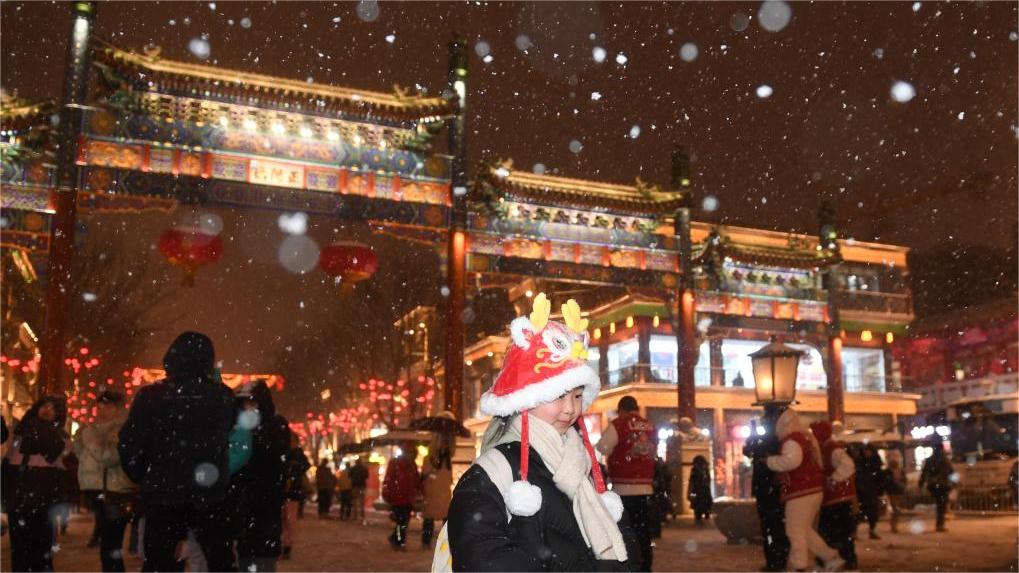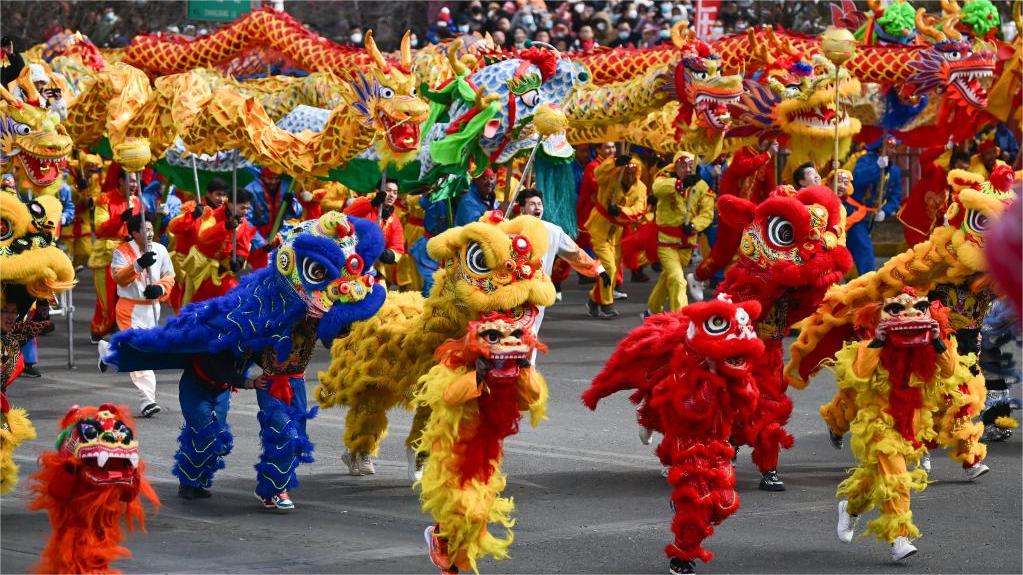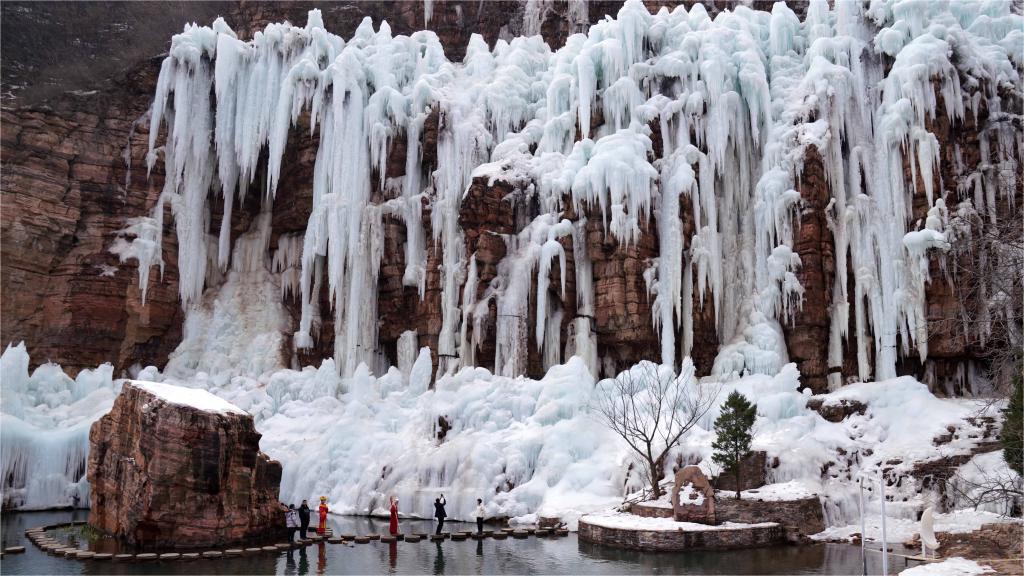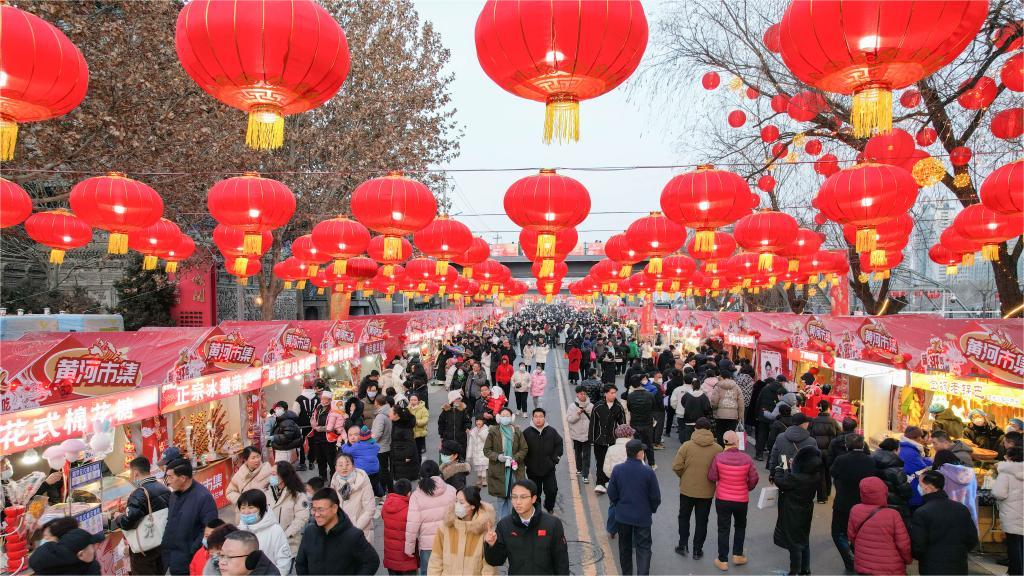Mogao Grottoes' archaeological reports published
LANZHOU, Feb. 22 (Xinhua) -- Archaeological reports on three caves of the millennium-old Mogao Grottoes, a UNESCO World Heritage site boasting rich collections of Buddhist artworks in China's Dunhuang, were published recently, the Dunhuang Academy announced.
Compilation of the reports took over a decade. The 300,000-character reports on No. 256, 257 and 259 caves of the grottoes constitute the second volume of the "Complete Works on Dunhuang Grottoes."
This epic compilation project was launched in 1994 by then deputy head of the Dunhuang Academy Fan Jinshi, and the first volume of the collection was published in 2011.
The second volume, consisting of three issues, recorded in detail the positions, structures, preservation status quo of the three caves, sculptures, murals and inscriptions in the caves, past records of investigations, surveying and mapping, photos and carbon-14 dating reports, as well as the bibliography of related research papers, among other related information.
In addition to the meticulously written records, the second volume features nearly 300 illustrations, more than 900 photos, and 43 digital panoramic pictures.
"The archaeological reports are not only the most comprehensive references about the caves but also the most scientific archives," said Zhang Xiaogang, deputy head of the Dunhuang Academy.
"Should the caves no longer exist one day, future generations could completely restore the caves based on the archaeological reports," Zhang added.
Built between the 4th and 14th centuries, the Mogao Grottoes are home to a vast collection of Buddhist artworks, with more than 2,000 colored sculptures and 45,000 square meters of murals located in 735 caves, carved along the cliffs by ancient worshippers.
Photos
Related Stories
- Study reveals characteristics of East Asian Homo sapiens 45,000 years ago
- Cluster of magnificent buildings over 2,500 years ago found in Zhejiang
- Over 1,600-year-old family cemetery found in central China's Henan
- Paleolithic site sheds light on human origins
- China announces six prominent archaeological findings of 2023
Copyright © 2024 People's Daily Online. All Rights Reserved.









